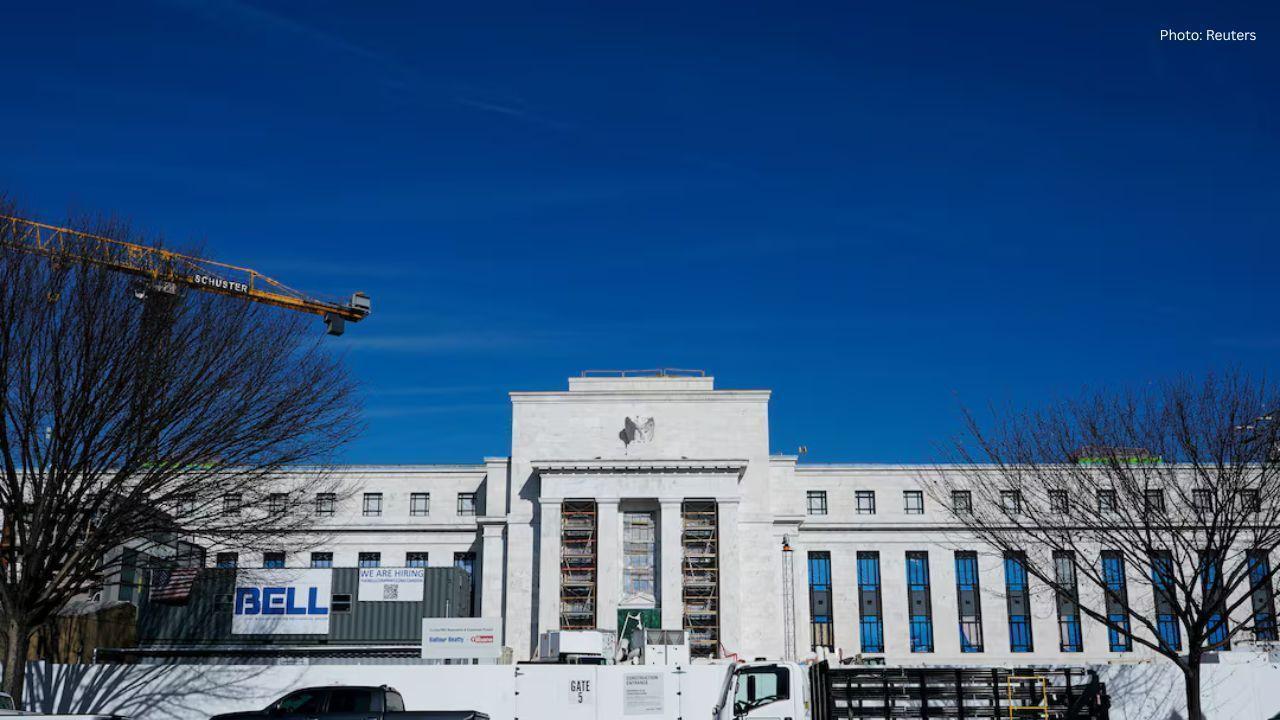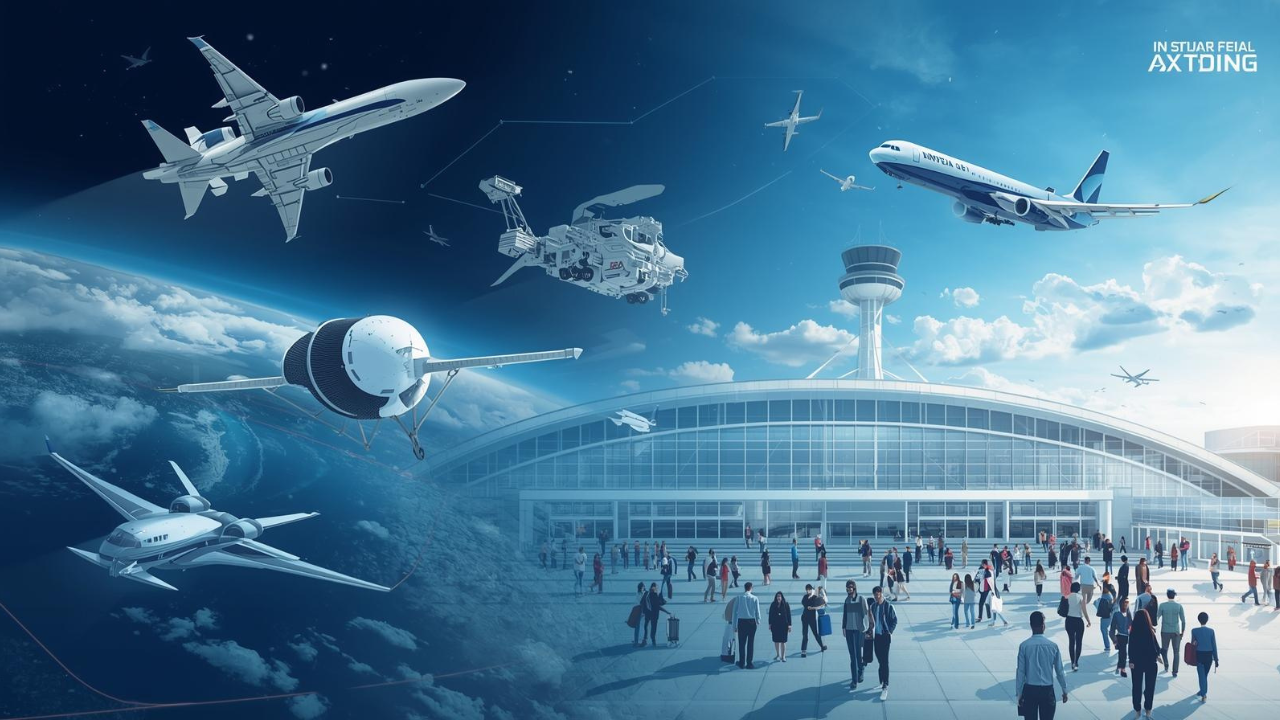
Post by : Sameer Saifi
The Federal Aviation Administration (FAA) has lowered the required reduction in domestic flights at 40 major U.S. airports from 6% to 3% starting Saturday. This decision comes after the recent government shutdown caused air traffic control staffing problems and flight disruptions across the country.
Airlines have been requesting that the FAA end the flight reductions completely. Many carriers did not fully follow the earlier 6% cut on Friday, and it is unclear if they will comply with the new 3% order. The FAA said the 3% reduction will stay in place while officials monitor system performance over the weekend and decide when normal operations can fully resume.
According to Cirium, an aviation analytics company, airlines canceled about 2% of flights on Friday, down from 3.5% earlier in the week. Some major airlines, like United Airlines, canceled fewer flights compared to the previous day, reflecting the easing of restrictions.
The FAA has faced significant staffing shortages for years. It is currently about 3,500 air traffic controllers short of its target. Many controllers have been working long hours, six days a week, and had been doing mandatory overtime even before the shutdown, often without pay. During the shutdown, air traffic controllers and other FAA employees did not receive pay, though they recently began receiving about 70% of their back pay, excluding overtime.
The disruptions began on October 1, when a 43-day government shutdown forced many FAA employees to work without pay. This led to tens of thousands of flight cancellations and delays across the country. Airlines had planned for large reductions in flights, with the FAA initially preparing to require 8% to 10% cuts, but the easing to 3% shows progress as staffing issues are addressed.
Some House Democrats, led by Representative Rick Larsen, asked the administration to provide detailed safety data. They want to know if the FAA’s decision to reduce flight cuts was made with enough coordination with airlines and other aviation stakeholders.
The current situation highlights the challenges of managing air traffic safely during staffing shortages while trying to maintain normal flight schedules. Passengers are expected to see fewer cancellations and delays as the FAA monitors operations and gradually returns to full service.
#trending #latest #FAAFlightCuts #USAirlines #FlightCancellations #AirTrafficControl #GovernmentShutdown #AviationNews #ArmustNews #TravelUpdate #AirportDelays #FlightSafety










Advances in Aerospace Technology and Commercial Aviation Recovery
Insights into breakthrough aerospace technologies and commercial aviation’s recovery amid 2025 chall

Defense Modernization and Strategic Spending Trends
Explore key trends in global defense modernization and strategic military spending shaping 2025 secu

Tens of Thousands Protest in Serbia on Anniversary of Deadly Roof Collapse
Tens of thousands in Novi Sad mark a year since a deadly station roof collapse that killed 16, prote

Canada PM Carney Apologizes to Trump Over Controversial Reagan Anti-Tariff Ad
Canadian PM Mark Carney apologized to President Trump over an Ontario anti-tariff ad quoting Reagan,

The ad that stirred a hornets nest, and made Canadian PM Carney say sorry to Trump
Canadian PM Mark Carney apologizes to US President Trump after a tariff-related ad causes diplomatic

Bengaluru-Mumbai Superfast Train Approved After 30-Year Wait
Railways approves new superfast train connecting Bengaluru and Mumbai, ending a 30-year demand, easi